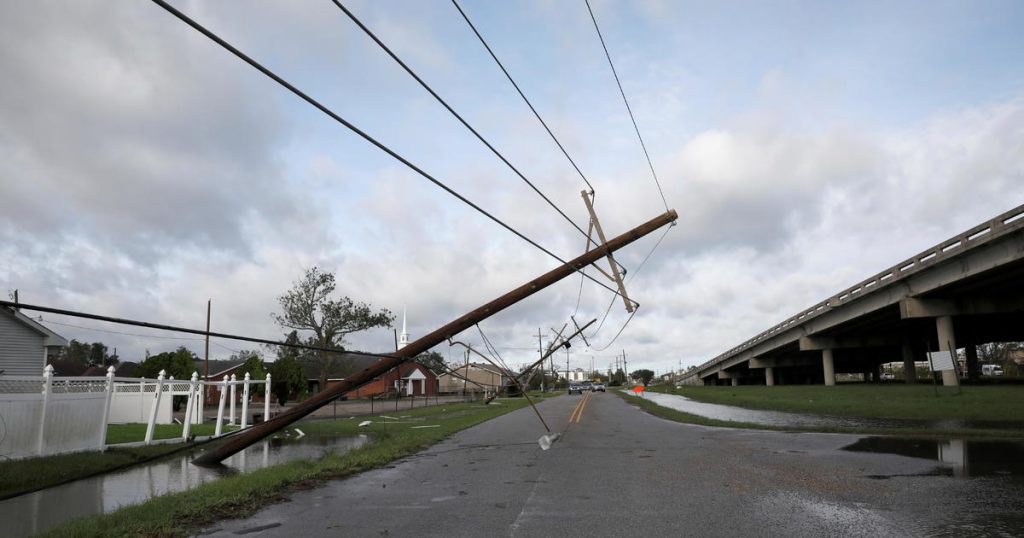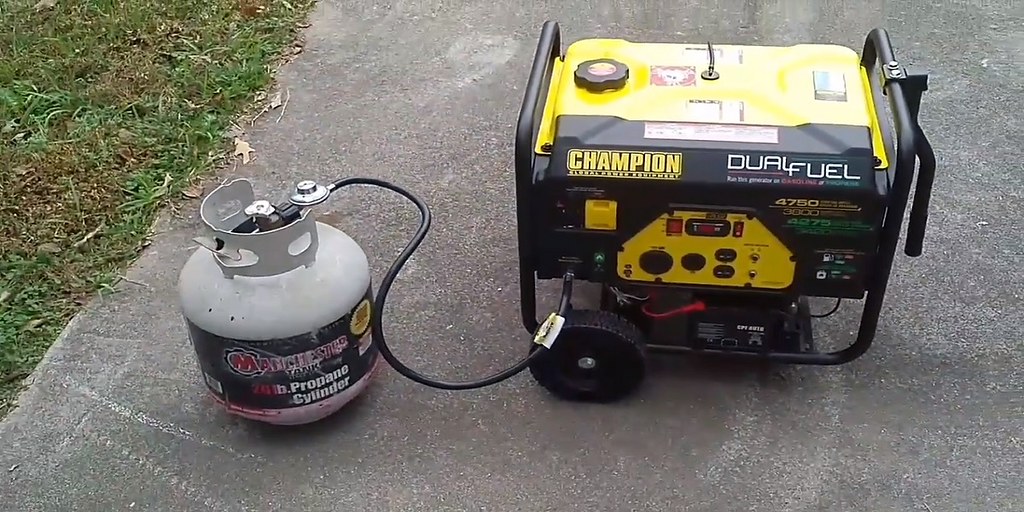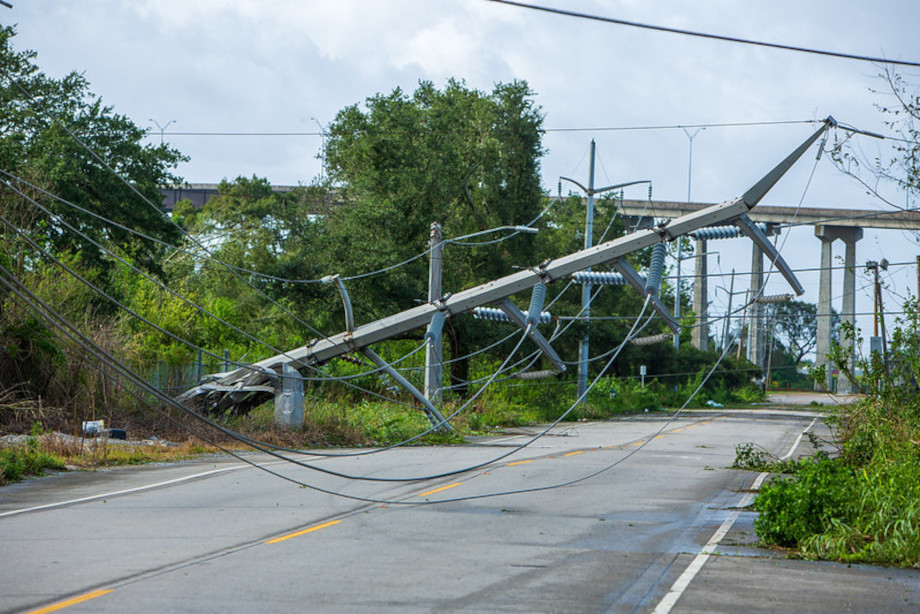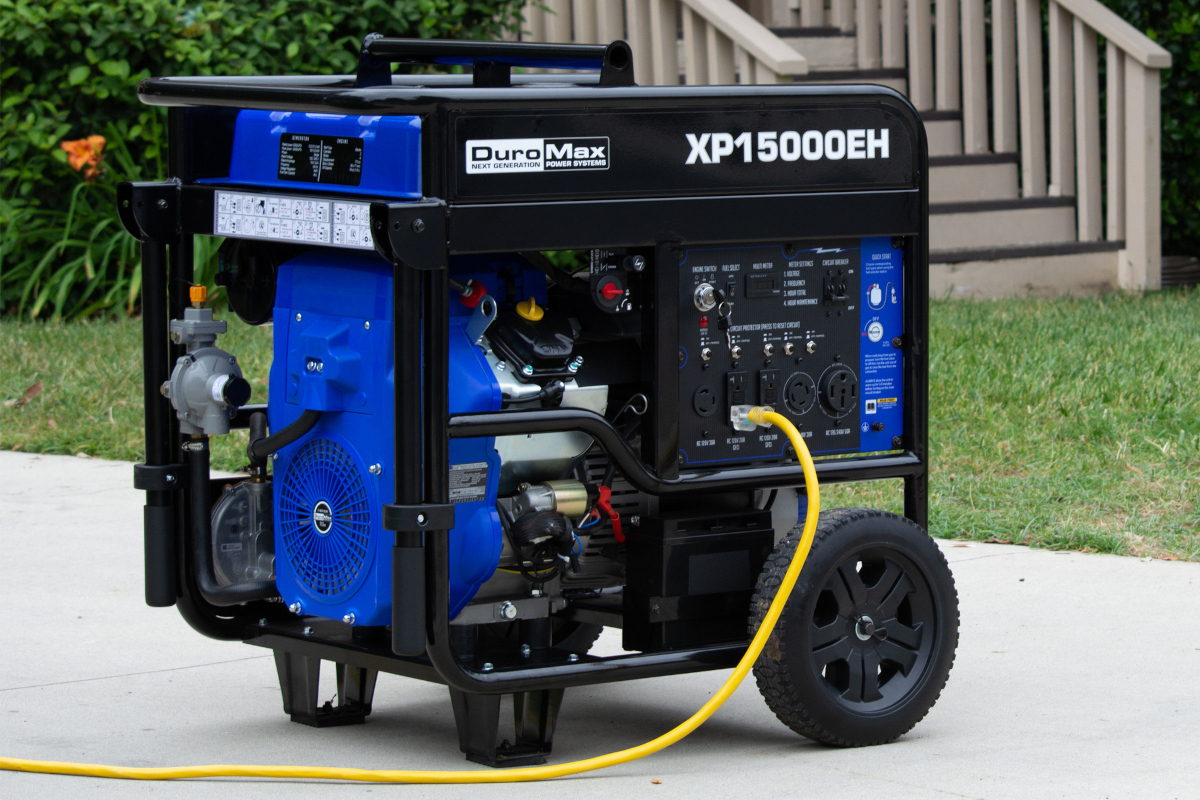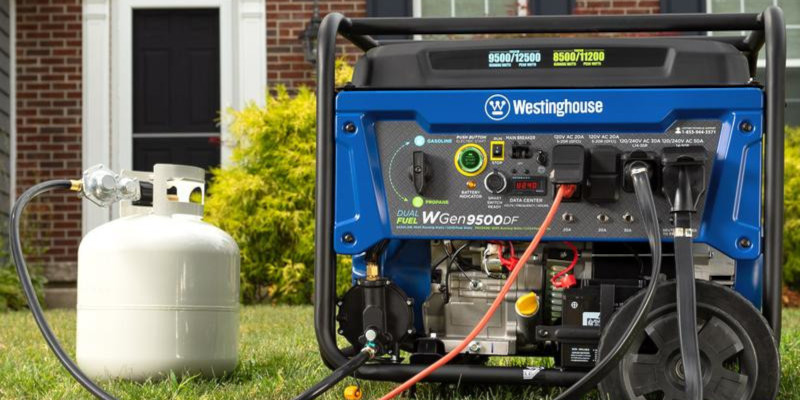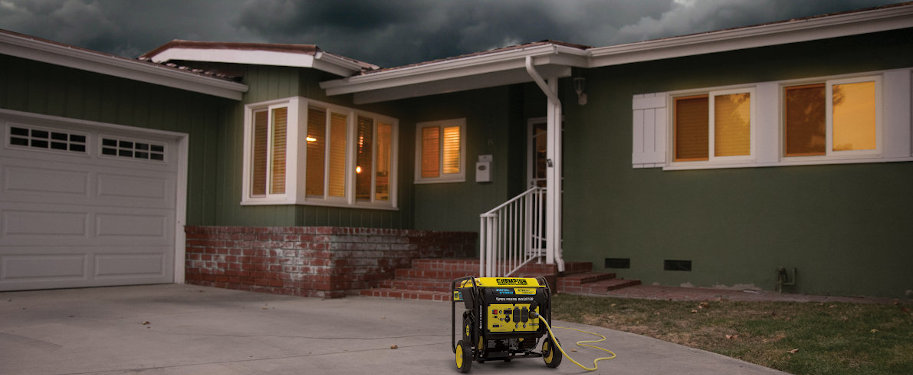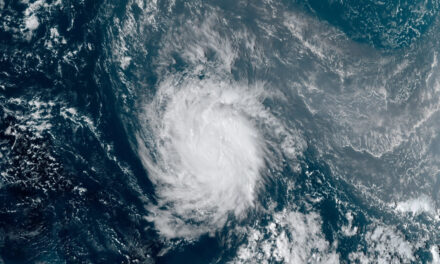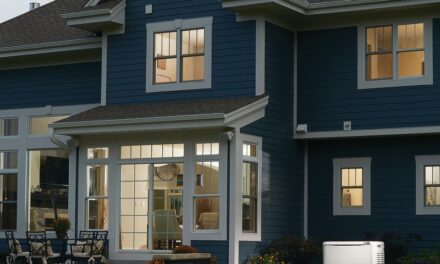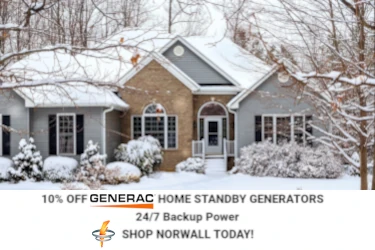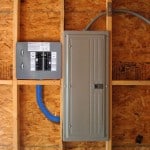Utility poles and damaged power lines line the streets following Hurricane Ida, a category 4 hurricane with sustained winds up to 150 MPH. IDA took out all eight main transmission lines feeding southeast Louisiana. As of Sept 15, 80,000 utility customers still do not have power.
Power Outages Persist Three Weeks after Landfall
Baton Rouge, LA. September 6, 2021. Residents who purchased or rented a generator or chainsaw following Hurricane Ida may qualify for reimbursement. Chainsaws and Generators purchased between August 26, 2021 and September 25, 2021 may apply for reimbursement through the disaster assistance program.
7 Hurricane Preparedness Steps You Must Know
Hurricane Ida made landfall in Louisiana on the anniversary of Hurricane Katrina. The category 4-5 storm destroyed local power distribution and transmission lines, leaving most of southeast Louisiana without power for more than a week. More than 1 million utility customers and up to three million people were left without power. Nearly three weeks later, eighty thousand Louisiana utility customers still don’t have power.
How to Use a Generator for Power During an Outage
Those utility customers may be eligible for reimbursement if they purchase a generator before September 25. According to a FEMA press release, survivors of Hurricane Ida may receive financial assistance through FEMA’s Individuals and Households Program.
- Applicants must meet general eligibility requirements.
- The home is the applicant’s primary residence and is located within a parish designated for the program. The following parishes are designated for assistance: The parishes are: Ascension, Assumption, East Baton Rouge, East Feliciana, Iberia, Iberville, Jefferson, Lafourche, Livingston, Orleans, Plaquemines, Pointe Coupee, St. Bernard, St. Charles, St. Helena, St. James, St. John the Baptist, St. Martin, St. Mary, St. Tammany, Tangipahoa, Terrebonne, Washington, West Baton Rouge and West Feliciana parishes.
- The generator was purchased or rented due to the disruption of electrical utility service caused by Hurricane Ida.
- The applicant must have proof of purchase for any items submitted for reimbursement.
FEMA reimbursements include up to 250 dollars for chainsaws and 800 dollars for generators.
#Ida survivors with damage to their primary residence may be eligible for:
— FEMA (@fema) September 8, 2021
???? Rental Assistance
???? Transitional Sheltering Assistance
???? Home Repair or Replacement
Learn about the eligibility requirements for each aid and how to apply: https://t.co/akzfXSiavX
1/2 pic.twitter.com/Gp3Kaz02Ad
. @USACEHQ is helping #Ida survivors recover by installing free temporary roof on houses as part of the Operation Blue Roof. This service is available in all 25 parishes in Louisiana. Register:
— FEMA (@fema) September 10, 2021
☎️ Call 888-766-3258
???? Visit https://t.co/X8jBxPYUqkhttps://t.co/ZNyFnSRWpO pic.twitter.com/3iZ1WomFRx
Applying for Assistance
FEMA offers multiple avenues to apply for disaster assistance.
- Go online to DisasterAssistance.gov
- Download the FEMA Mobile App. iPhone or Android
- Call the FEMA Helpline: 800-621-3362 TTY: 800-462-7585 from 6 AM to 10 PM CDT. FEMA has multilingual operators available
- Use the 711 or Video Relay Service by calling 800-621-3362
After applying, FEMA will send notification letters by U.S. Mail or by electronic correspondence that explain the next steps. If you reported that you cannot live in your home, a FEMA inspector will contact you by phone to schedule an inspection. Inspectors will not enter your home and will maintain social distance, assess the exterior, and confirm interior damage with you.
FEMA has brochures to help with the Disaster Assistance Program.
Fact Sheet About FEMA Inspections
Steps After Applying for Assistance
Help After a Disaster – Available in 27 Languages
The Disaster Assistance Website has links to all currently active disasters in the United States, including Hurricane Ida for Louisiana, New Jersey, New York, and Pennsylvania.
Carbon monoxide (CO) produced by your portable generator can be deadly. Keep your generator at least 20 feet away from any door, window, or vent, and use a battery-powered CO detector. Learn more: https://t.co/3NstEV7cHf #PrepYourHealth #Ida pic.twitter.com/8eWH1Hm7E7
— CDC Emergency (@CDCemergency) September 8, 2021

